Affiliate links on Android Authority may earn us a commission. Learn more.
Battle of the minis: OnePlus X vs Xperia Z5 Compact vs Moto G
Published onNovember 27, 2015
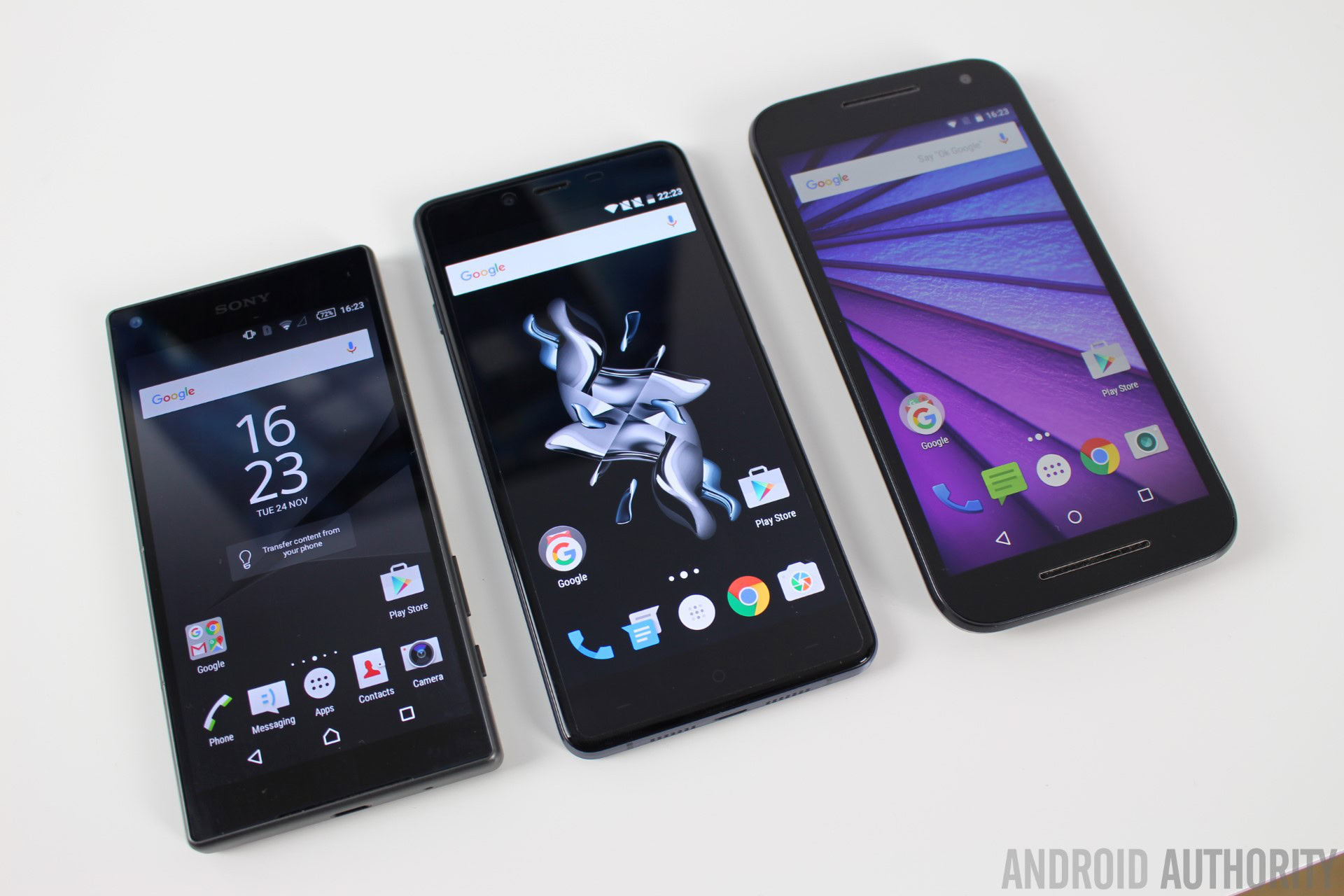
There has been an on-off trend by smartphone makers to release “mini” versions of their flagship handsets, in years gone by Samsung always had a “mini” version of its latest “S” device. However Samsung isn’t the only one playing the “mini” game. After the success of the OnePlus One, OnePlus decided to repackage the One’s internals into the OnePlus X, a smaller 5 inch device, down from 5.5 inches. This makes it the “mini” version of the OnePlus One and the Two. Sony likewise has mini (compact), normal and large (premium) versions of the Xperia Z5, and Motorola offers the Moto G (and to some extent the Moto E) as “mini” versions of its “X” range. But which is the best? To help you choose, here is my comparison of the OnePlus X versus the Sony Xperia Z5 Compact versus the Motorola Moto G.
But before we dive into the comparison, I just want to bring up the whole “5 inches is now a mini” thing. Over the last few years there has clearly been a trend towards larger screen phones. From the days of the 3.2 inch HTCDream we have all become used to devices with screen sizes from 5.0 to 6 inches. With many of the flagship phones offering displays greater than 5 inches, it seems that now 5 inches is consider “mini.” So although I would have preferred to review phones smaller than 5 inches, it seems that the market has decided otherwise!
Pricing
Before going on to look at these phones I think it is right to first look at the prices. Although these are all “mini” devices there is quite a big difference in how much they cost. At the top end is the Sony Xperia Z5 Compact. It is available in the UK from a variety of places and costs around £429 without a contract. In Europe you can buy it off contract directly from Sony for €599. For those of you in the USA, there is no news about when or if the Z5 series will be officially available there, however you can find it Amazon.com starting at about $520, but some listings go as high as $700.
Next comes the OnePlus X at $250 with 16GB of internal storage, half the price of the Z5 Compact. Finally is the Moto G which in the US can be bought for $179.99 with 8GB of internal storage, while the 16GB model costs $219.99.
Design
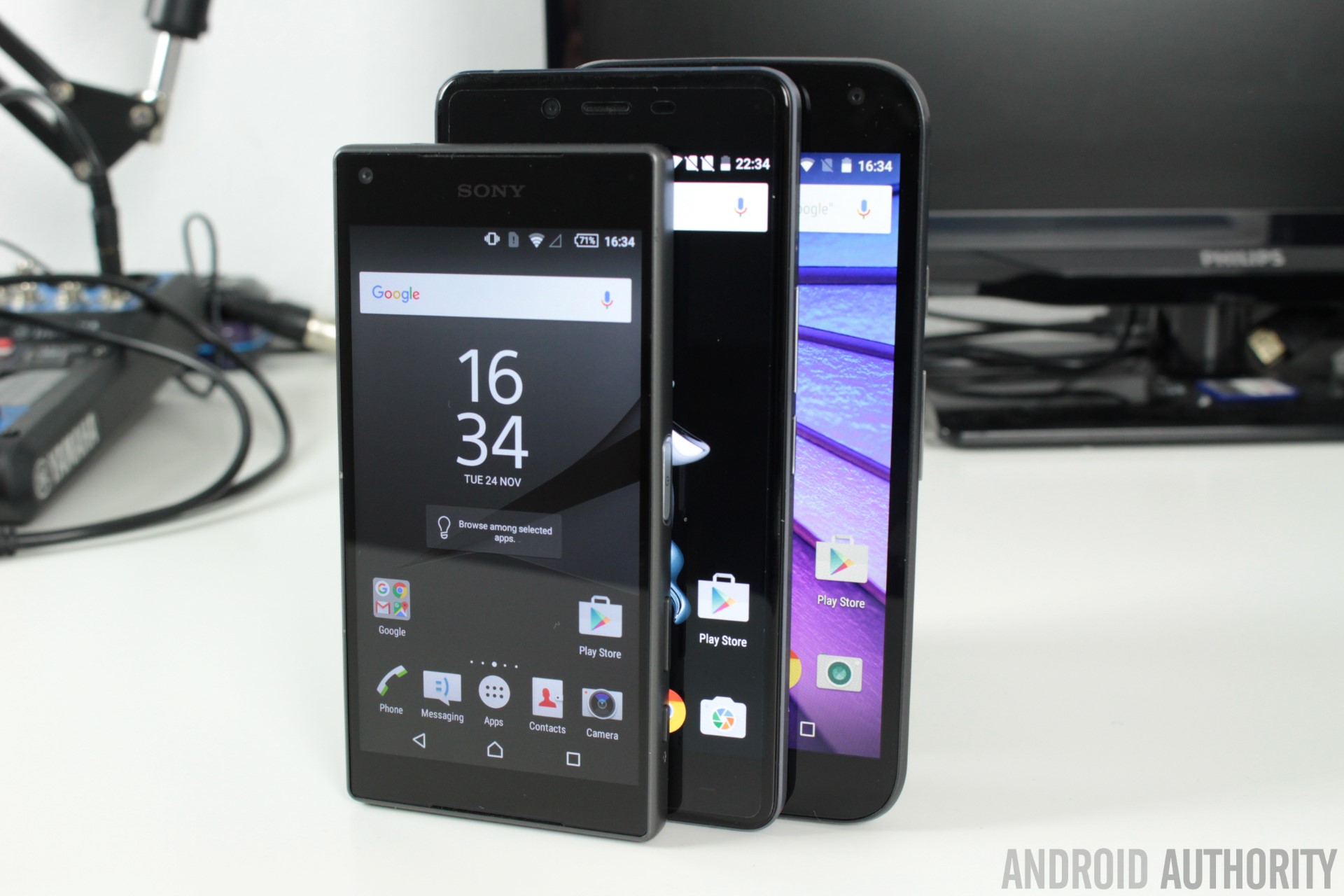
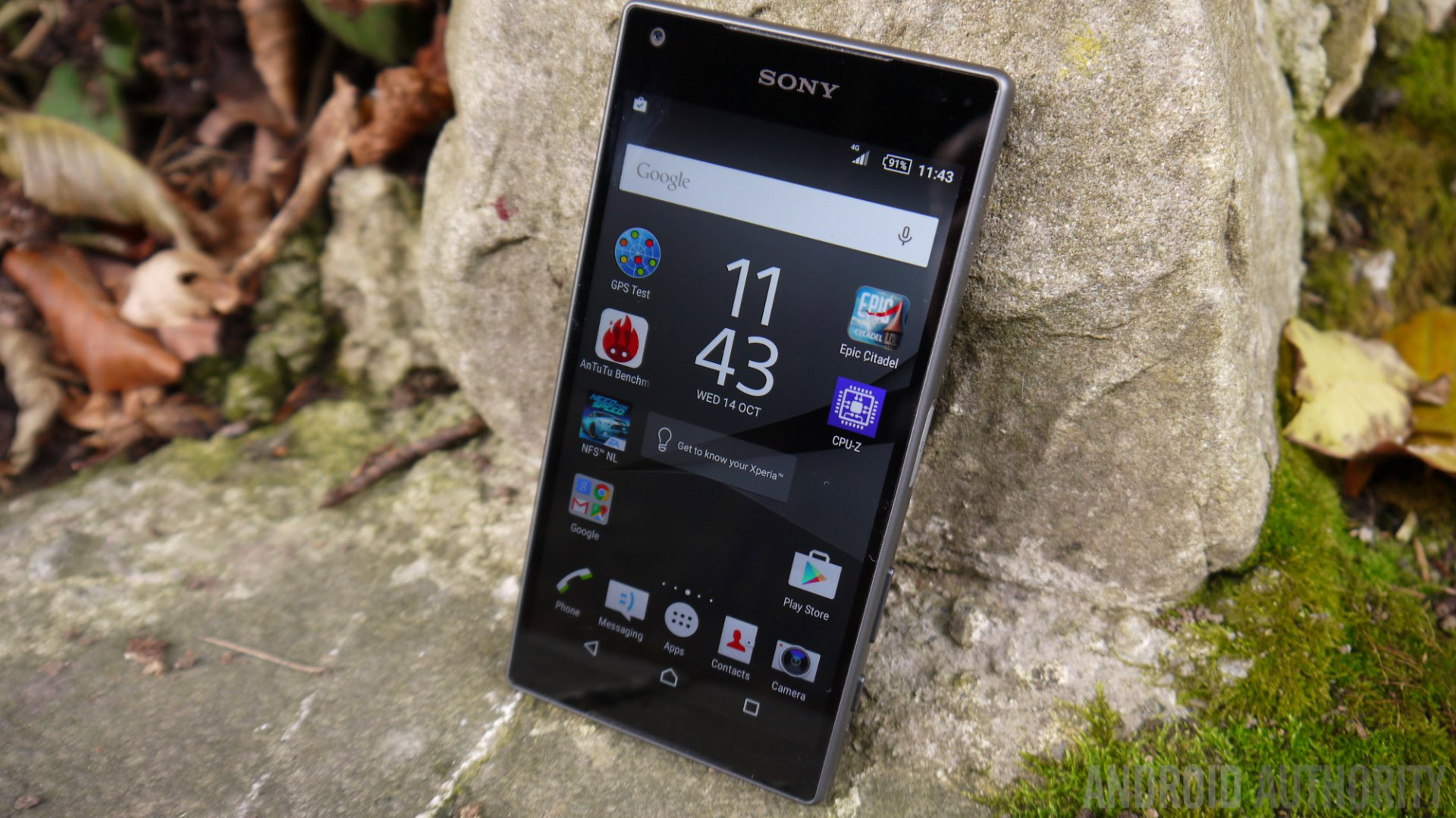
The OnePlus X has dual glass panels and a metal frame which gives the device a premium feel, way above its price point. The metal frame utilizes micro-cuts that contribute a lot to the handling experience without scraping the skin or feeling uncomfortable to the touch. While the Z5 Compact has a dedicated camera button, the OnePlus X has a dedicated Alert Slider which allows you to switch between “Do not disturb” mode, that silences the device completely; priority only interruptions; or normal “All notifications” mode.
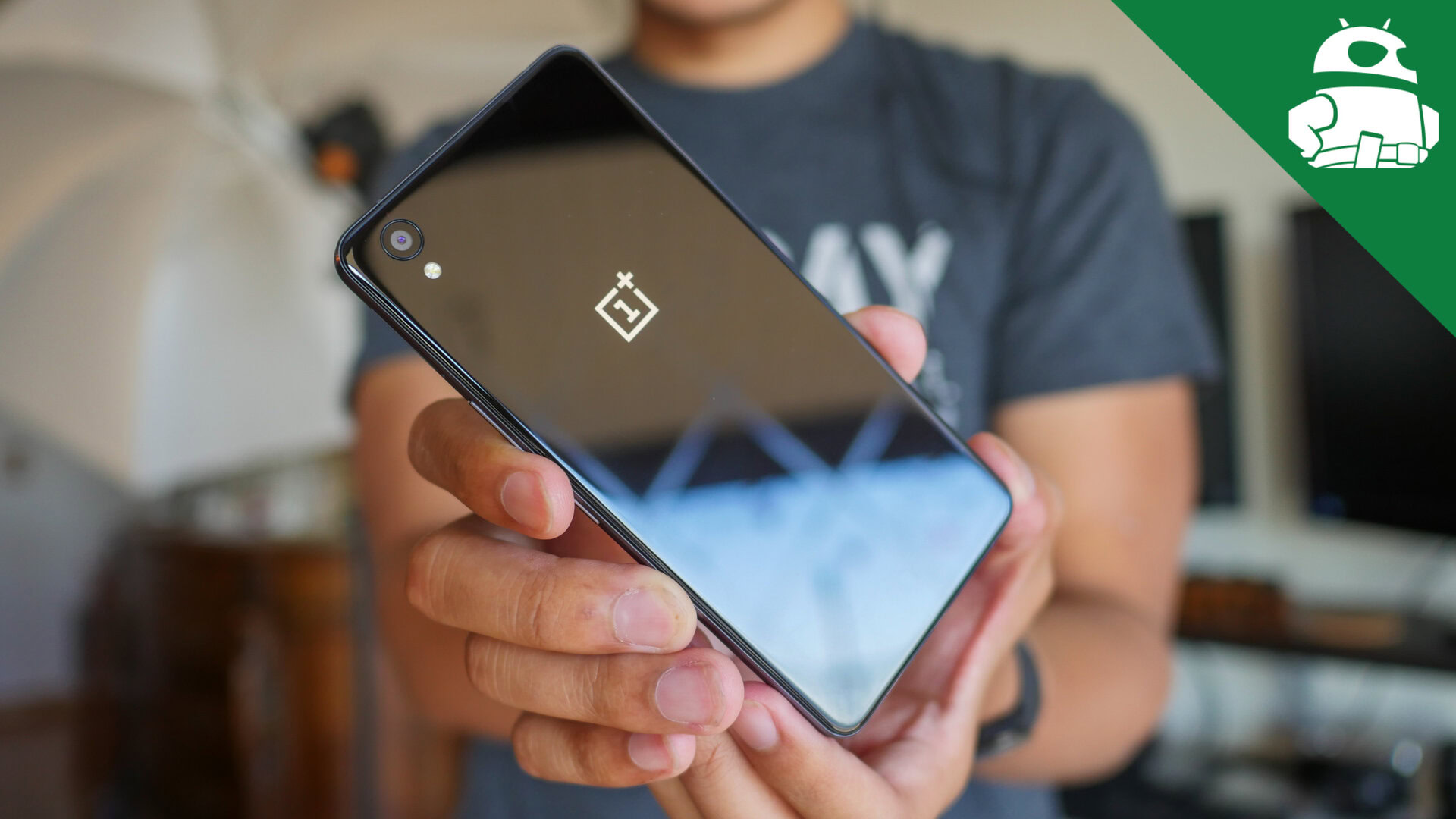
The Moto G is certainly the bulkiest of these three devices, mainly due to its curved back. But with the curved back (and the plastic mid-plate the comes down from the camera lens to the Motorola dimple) you also get access to Moto Maker, which means, along with swappable back plates, users can now bring customization to the next level. Through Motorola’s website, you’ll be able to choose your front, back and accent colors, as well as add personal engravings on the phone’s back. As well as this high level of customization the Moto G also has front facing speakers (as does the Z5 Compact) and IPX7 water resistance, which means that it can withstand immersion in water up to 1 meter deep for 30 minutes.
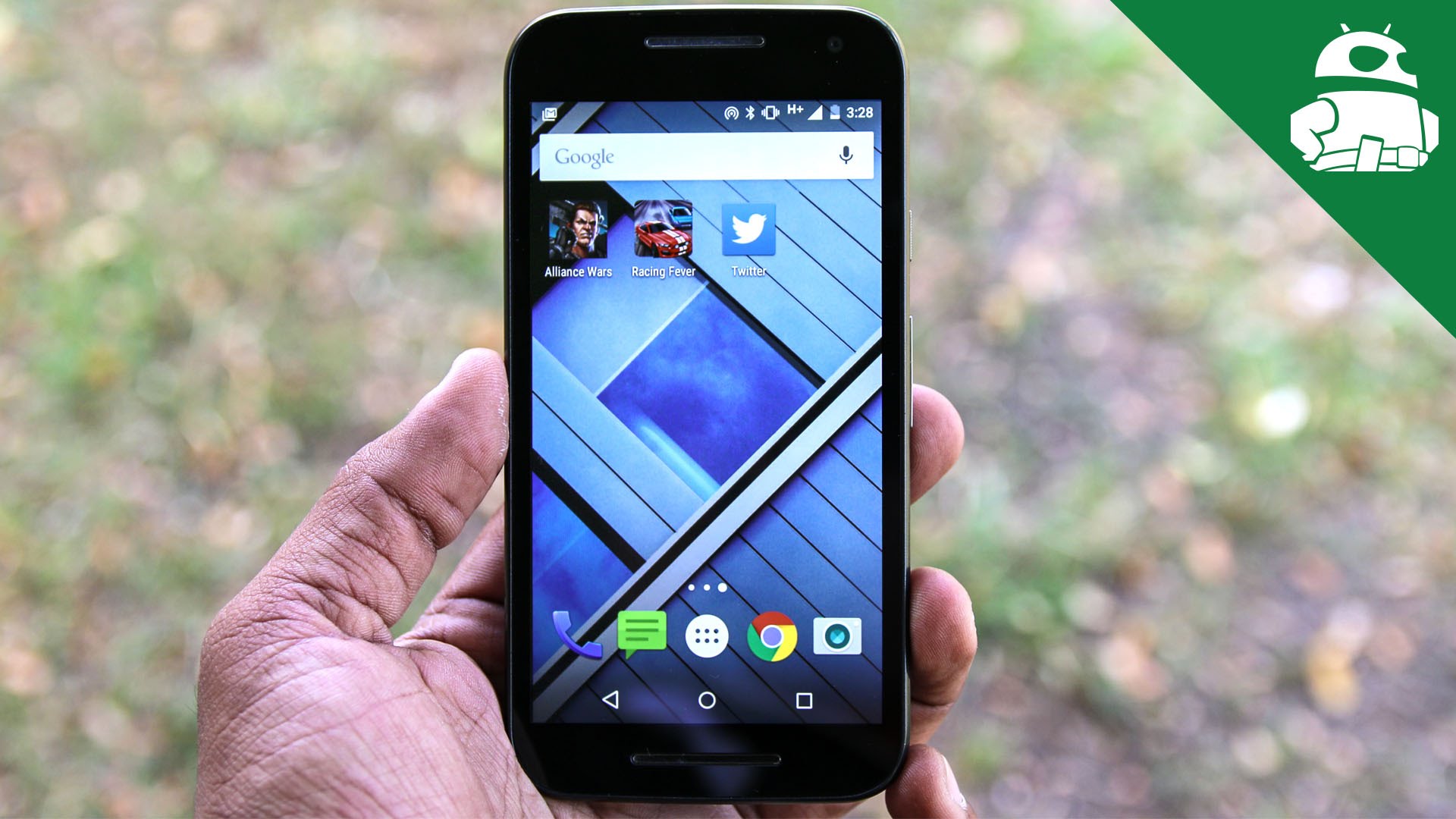
So which has the best design? That depends on what you want. The ability to customize the Moto G with Moto Maker is very attractive for those who want to personally define their phone’s look and feel. Having said that, the Moto G is certainly bulkier than the Z5 Compact and the OnePlus X. Unfortunately Sony has managed to put the volume rocker in the worst possible place on the Z5 Compact, which I personally see as a major design flaw. What that means is this, if you want subtle, slim and elegant then the OnePlus X has the better design, if you want customization and bright colors then go with the Moto G.
Display
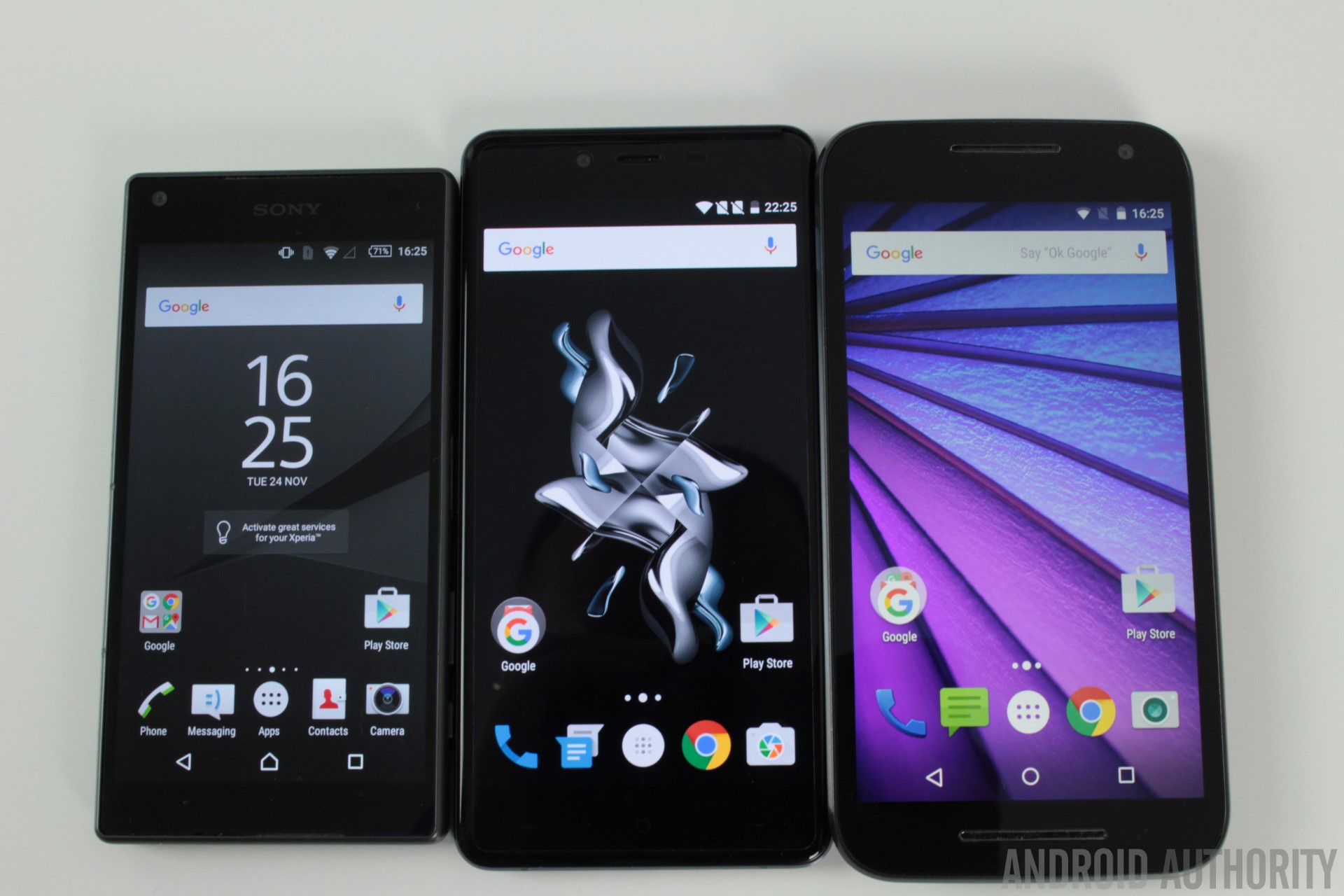
The OnePlus X features a 5-inch AMOLED display with a 1920 x 1080 full HD resolution (441 ppi). Overall the display experience is excellent with everything you would expect from an AMOLED screen, including deep blacks and good levels of contrast. OnePlus has also taken advantage of the AMOLED display tech in its software by including an Ambient Display feature. It is triggered by waving your hand over the proximity sensor, which causes the screen to show a minimal version of the lockscreen for a quick glance at your notifications and the clock.
That leaves the Moto G, which features a 720p display. Unfortunately because the device uses a 5 inch display (up from 4.5 inches found in the original Moto G), the pixel density is the lowest in our group at just 294 pixels per inch. However the display is IPS, which gives good viewing angles and the screen is protected by Gorilla Glass 3.
Clearly the OnePlus X is the winner here, Full HD and AMOLED, there isn’t much more you can ask for.
Hardware
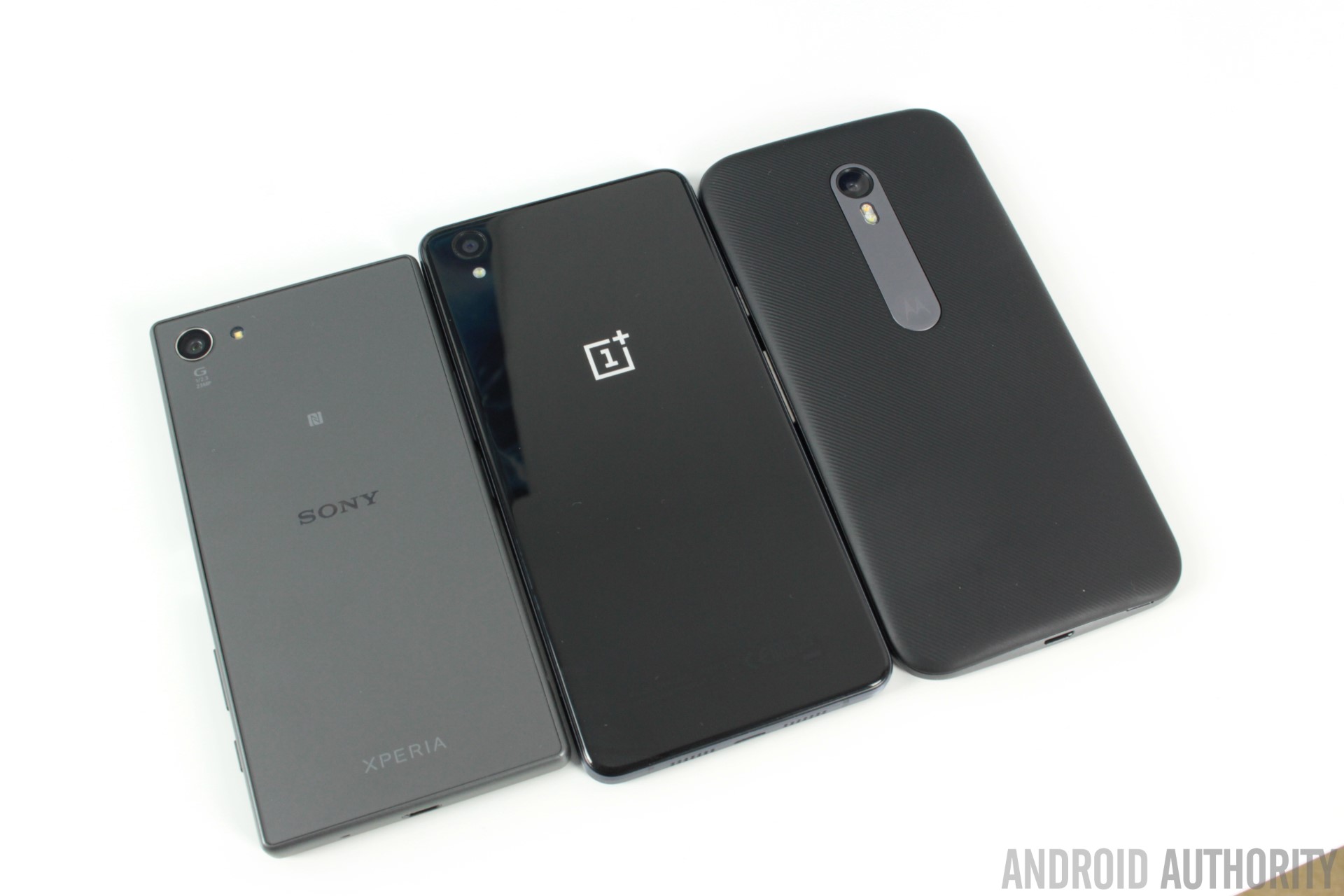
The Z5 Compact is IP65 and IP68 waterproof rated, which according to Sony means you don’t need to worry if you get caught in the rain or want to wash off dirt under a tap. As for sound, the Z5 Compact features dual front facing speakers meaning that the sound is always projected directly upwards and outwards. The speakers can get quite loud (for a 4.6 inch phone) however at the highest volumes the sound loses depth and can be a bit “squeaky”.
When it comes to the battery, the Sony Xperia Z5 Compact packs a 2,700 mAh unit, which is more than enough for a smaller phone like this. You should be able to get 5 hours of screen on time over a period of between 36 and 42 hours of standby. It also supports Quick Charge 2.0 and don’t forget the fingerprint reader.
Unlike the Z5 Compact and the Moto G, the OnePlus X uses a 32-bit processor rather than a 64-bit processor. This may seem like a real disadvantage for the OnePlus X, however the good news is that the company picked one of the best 32-bit processors available, the Snapdragon 801. In addition to the performance figures which I give below, you can find out more about how the Snapdragon 801 compares to its 64-bit rivals in my comparison of the Snapdragon 810 vs the Exynos 7420 vs the MediaTek Helio X10 vs the Kirin 935.
The X offers dual SIM support, however the secondary SIM slot also doubles as a microSD card slot, which will certainly be appreciated, since the 16 GB of on-board storage will not be enough for many people. On the battery front, the OnePlus X packs a 2,525 mAh unit, which is pretty standard for a phone of this size. With moderate usage, the device allows for around 3 hours of screen-on time, which is pretty average, however good when you consider the price point. The standby time is also quite impressive, with due credit being given to the AMOLED display and features like Ambient Display and Dark Mode. Unfortunately there is no fast charging functionality.
It is worth mentioning that the OnePlus X doesn’t fully support 4G LTE in the USA because it lacks a couple of key bands. Although the international coverage is much better, those in the US should think twice before getting this phone if 4G is a requirement.
As I mentioned previously, the Moto G packs a 64-bit processor, however it isn’t a high-end 64-bit processor. That doesn’t mean it is lacking in terms of every day usage, however it isn’t going to break any speed records. Accompanying the Snapdragon 410 processor is 1GB of RAM on the 8GB model and 2GB RAM on the 16GB model. If you are buying a Moto G I would really recommend going for the 16GB version for both the extra storage and the extra RAM.
Although Motorola has included a removable back cover, the 2470mAh battery is non-removable. However, that shouldn’t be a problem as the the Moto G delivers impressive battery life. You should be able to get around 5 hours of screen on time over a 16 to 18 hour day. If you do run out of charge, however, the lack of quick charging means it takes over two hours to charge from full, so you’ll want to plan your charging accordingly.
In terms of hardware the Z5 Compact is the clear winner here. You get a flagship processor, 2GB of RAM, NFC, a fingerprint reader, front facing speakers and a good battery. Of course, the Z5 Compact has that premium price, so we should expect flagship internals. When it comes to the other two, the processor is better in the OnePlus X, however consumers in the USA might be better off with the Moto G.
Performance
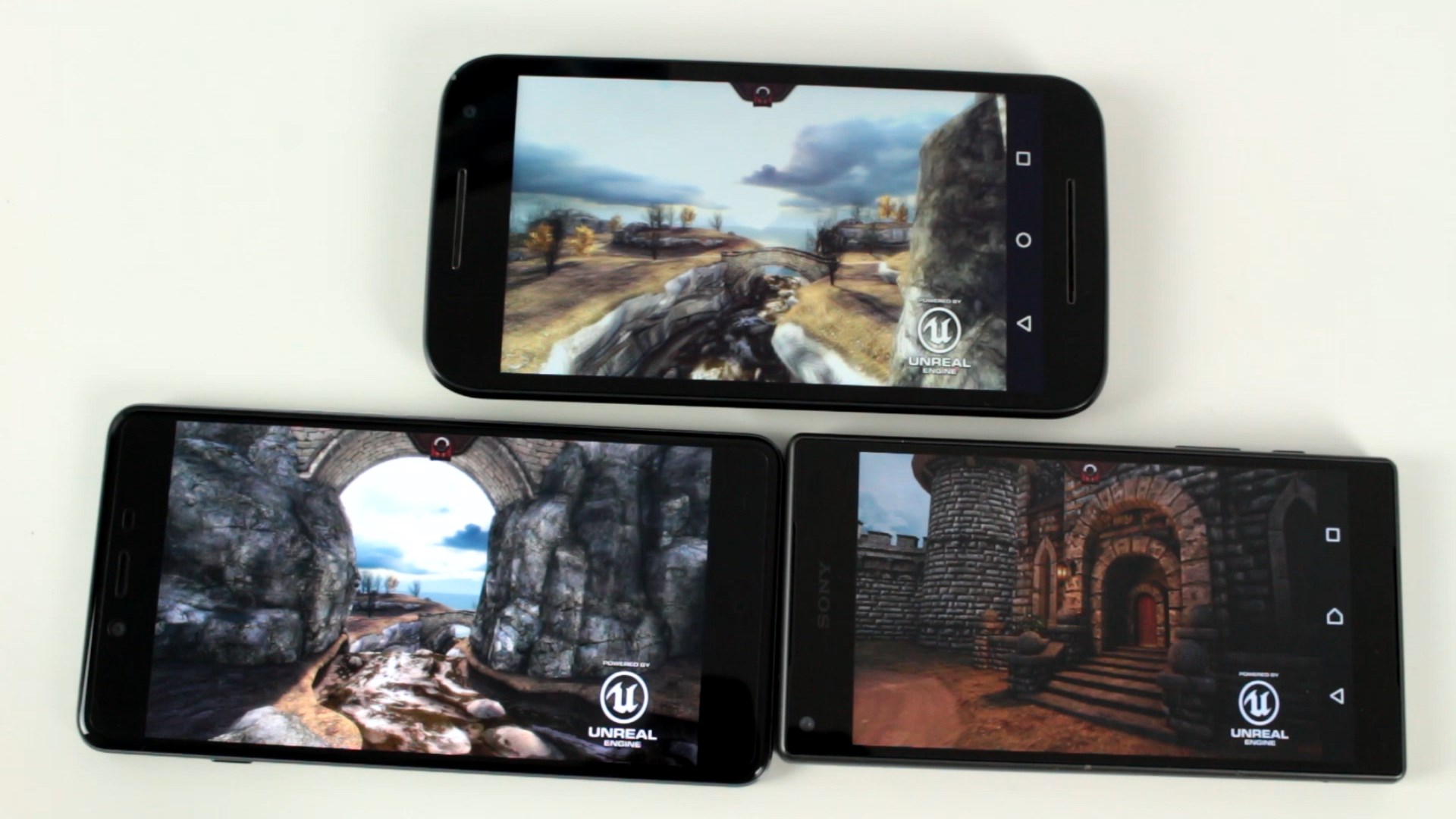
The Snapdragon 801 is still a great processor package, however don’t expect the same performance levels as the Snapdragon 810. For daily tasks, like writing emails, listening to music, watching the occasional video, and general web browsing, the OnePlus X doesn’t skip a beat. However Josh Vergara did notice the occasional little stutters during his review. These may be due to further refinements needed to Oxygen OS (OnePlus’ replacement for Cyanogen after the very public bust up between the two companies), as it isn’t something I experienced when I reviewed the Snapdragon 801 powered ZUK Z1.
In terms of benchmarks the OnePlus X scored 37956 on AnTuTu, 914 (single-core) and 2528 (multi-core) on Geekbench, and 12160 on CPU Prime Benchmark. When running Epic Citadel the X manages 39.1 fps in Ultra High Quality mode, however it does much better in High Quality mode with 52.3 fps.
The Moto G is the slowest of the devices scoring 23252 on AnTuTu, 528 (single-core) and 1574 (multi-core) on Geekbench, and 3217 on CPU Prime Benchmark. For Epic Citadel the Moto G manages 30.6 fps in Ultra High Quality mode and 56.4 fps in High Quality mode.
| Device | AnTuTu | Geekbench | CPU Prime Benchmark | Epic Citadel |
|---|---|---|---|---|
| Device Sony Xperia Z5 Compact | AnTuTu 62130 | Geekbench 1306 (single-core), 4295 (multi-core) | CPU Prime Benchmark 20771 | Epic Citadel 58.5 fps (Ultra High Quality mode), 58.7 fps (High Quality mode) |
| Device OnePlus X | AnTuTu 37956 | Geekbench 914 (single-core), 2528 (multi-core) | CPU Prime Benchmark 12160 | Epic Citadel 39.1 fps (Ultra High Quality mode), 52.3 fps (High Quality mode) |
| Device Motorola Moto G | AnTuTu 23252 | Geekbench 528 (single-core), 1574 (multi-core) | CPU Prime Benchmark 3217 | Epic Citadel 30.6 fps (Ultra High Quality mode), 56.4 fps (High Quality mode) |
Looking at the performance results it is clear that you get what you pay for. The better the performance, the more the device costs. The Z5 Compact is the winner, however in terms of price/performance the OnePlus X has lots to offer.
Camera
On paper the camera in the Z5 Compact should be the best in our group. The Z5 Compact uses a 23 MP Sony Exmor RS sensor, a wide angle 24mm G Lens, and offers 4K video recording. Also the built-in app has lots of features way beyond just HDR and Panorama. In reality the results from the Z5 Compact have been disappointing when compared to other flag ship phones. In this lineup the Z5 Compact’s camera performs as well as the others, but not better.
The OnePlus X comes with a 13 MP rear camera that uses phase detection autofocus and leverages HDR. The camera application is the same as the one found in the OnePlus 2, which uses swipes on the viewfinder in order to switch between various modes, including slow motion video, time lapse, and panorama. There isn’t much manual control available, aside from basically just being able to trigger HDR.
The OnePlus X is guilty of some classic pitfalls. It’s great in good lighting conditions, but quality deteriorates drastically as conditions worsen, and taking a shot will always require a very steady hand. This actually becomes more of an issue with video capture, which gets a bit choppy more often than not. For a daily shooter, the OnePlus X requires a little more diligence to get good shots, but for its price point, we don’t fault the camera too much for that, unless your focus is video recording.
The Moto G features a 13 megapixel rear with an f/2.0 aperture and dual LED flash. The sensor is the same one that Motorola used in the Nexus 6 and it features a HDR mode plus it is capable of shooting 1080p video. In daylight, the camera produces colors that are vibrant and captures an impressive amount of detail. In particular, HDR mode makes a big difference to images and does a good job in lighting up shadows. Daylight performance is definitely impressive, but sadly, as the sun drops so does the camera performance.
Here are some comparison shots so you can see for yourself:
Sony Xperia Z5 Compact
OnePlus X
Motorola Moto G
Software
The Z5 Compact comes with Android 5.1.1 Lollipop by default and it will receive an upgrade to Android 6.0 Marshmallow at some point in the future. Sony has added a light skin on top of stock Android and also included extra features and Sony related apps. As well as the software for managing the fingerprint reader there is a myriad of device connection options including the ability to wirelessly play content from your Xperia to other devices (i.e. Sony TVs), screen mirroring, connecting to Playstation controllers, and MirrorLink. There is also a theme library. Under Power management there are several different power saving modes available including STAMINA mode, Ultra STAMINA mode, and Low-battery mode.
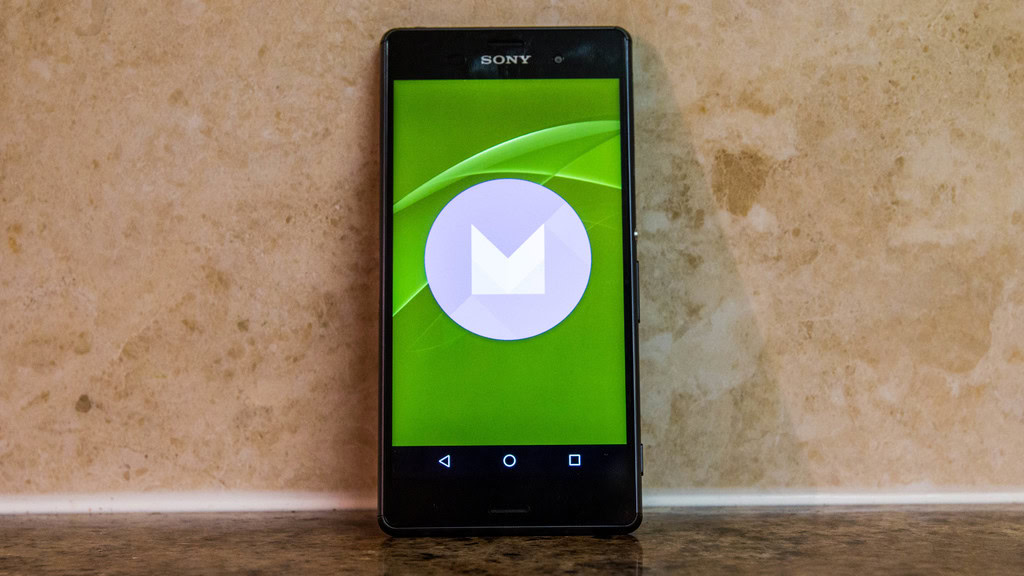
The OnePlus X comes with OnePlus’ Oxygen OS, which brings a mostly stock-looking Android edition to the OnePlus X. Much of it is really familiar, since it is based on Android 5.1.1, and the Lollipop inspired interface includes a paginated app drawer and a Quick Settings menu. OnePlus have added a new feature called Shelf, where frequent apps, favorite contacts, and user-defined widgets can be stored. More input options are available, with users given the choice between capacitive keys or on screen navigation keys, and gestures like double tap to wake are to be found as well.
The Moto G features a near-pure Android experience (Android 5.1.1), meaning you’ll have access to the Google Now launcher, with just a couple Motorola-specific apps thrown into the mix. The first of those is Moto Display, which shows you waiting notifications or the time automatically when you pick the handset up or pull it out of your pocket. Moto Display is very useful when you consider how many people don’t carry a watch and check the time on their phone and it definitely helps improve the battery if you are one of them. There is also Quick Gestures, which let you accomplish simple things easily. A double flick of the wrist turns the flashlight on or off, while a double twist of the wrist launches the camera. However, this latter feature can be a little too responsive meaning you might activate the camera just by picking up the phone from a table.
If you want a stock Android experience then you will get that from the Moto G, if you are looking for a more customized version of Android then the Z5 Compact or the OnePlus X could give you what you are looking for. Overall, the three devices offer a good software experience and you won’t be disappointed with any of them.
Specifications
| Sony Xperia Z5 Compact | OnePlus X | Motorola Moto G | |
|---|---|---|---|
Display | Sony Xperia Z5 Compact 4.6-inch IPS LCD display, 720p resolution, 323ppi | OnePlus X 5-inch display, 1920 x 1080 resolution, Gorilla Glass 3 | Motorola Moto G 5.0-inch IPS LCD display, 720 x 1280 resolution, Gorilla Glass 3 |
Processor | Sony Xperia Z5 Compact 64-bit octa-core Qualcomm Snapdragon 810 | OnePlus X Qualcomm 2.3GHz Snapdragon 801 | Motorola Moto G 1.4GHz quad-core Qualcomm Snapdragon 410 |
GPU | Sony Xperia Z5 Compact Adreno 430 | OnePlus X Adreno 330 | Motorola Moto G Adreno 306 |
RAM | Sony Xperia Z5 Compact 2GB | OnePlus X 3GB | Motorola Moto G 1 or 2GB |
Storage | Sony Xperia Z5 Compact 32GB of on-board storage, microSD expansion up to 200GB | OnePlus X 16GB, microSD expansion up to 128GB | Motorola Moto G 8 or 16GB, microSD expansion up to 32GB |
Software | Sony Xperia Z5 Compact Android 5.1 Lollipop, Sony's customized UI | OnePlus X Oxygen OS (based on Android 5.1.1 Lollipop) | Motorola Moto G Android 5.1.1 Lollipop |
SIM card | Sony Xperia Z5 Compact Nano SIM | OnePlus X Nano SIM, dual compatible (but uses microSD slot) | Motorola Moto G Micro SIM |
Dual SIM | Sony Xperia Z5 Compact No | OnePlus X Yes | Motorola Moto G No |
Water resistance | Sony Xperia Z5 Compact IP65 / IP68 certification, capless USB | OnePlus X None | Motorola Moto G IPX7 |
Quick Charge 2.0 | Sony Xperia Z5 Compact Yes | OnePlus X No | Motorola Moto G No |
Cameras | Sony Xperia Z5 Compact Sony Exmor RS 23MP rear-facing camera, Sony Exmor R 5MP front-facing camera | OnePlus X 13MP ISOCELL 3M2 CMOS with f/2.2 rear-facing camera. 8MP front camera | Motorola Moto G 13MP rear-facing camera, 5MP front-facing camera |
Battery | Sony Xperia Z5 Compact Non-removable 2,700mAh battery | OnePlus X Non-removable 2,525 mAh LiPo battery | Motorola Moto G Non-removable 2470mAh |
Dimensions | Sony Xperia Z5 Compact 127 x 65 x 8.9mm, 138g | OnePlus X 140 x 69 x 6.9 mm, 138g | Motorola Moto G 142.1 x 72.4 x 11.6mm, 155g |
Gallery
Final thoughts
When many OEMs produce a “mini” smartphone it is often a cut down version of an existing (and popular) model. Not so with Sony, the Z5 Compact is a true flag ship device but with a smaller screen. That isn’t to say that it doesn’t have its drawbacks, the price being one, however if you want the same performance as you would get from the Z5 or the Z5 Premium, but in a smaller form factor, then the Z5 Compact is a good choice.
However the price tag on the Z5 Compact isn’t for everyone’s pockets, and to some extent I am not sure that the extra money buys you all that much. You can actually buy a OnePlus X and a Moto G together for the same price as a Z5 Compact! The Moto G still stands out as the best budget smartphone around, however don’t expect break neck performance from the device. As for the OnePlus X, it has set a new standard for entry-level phones, it is a shame that it isn’t fully compatible with 4G LTE networks in the USA.
Read next:
If I had $550 to spend on a small phone, which one would I buy? Honestly I would probably get two OnePlus X handsets (since I live in Europe), or maybe a OnePlus X, a 16GB Moto G and use the change to treat my family to a nice day out.